What is Still Life Painting
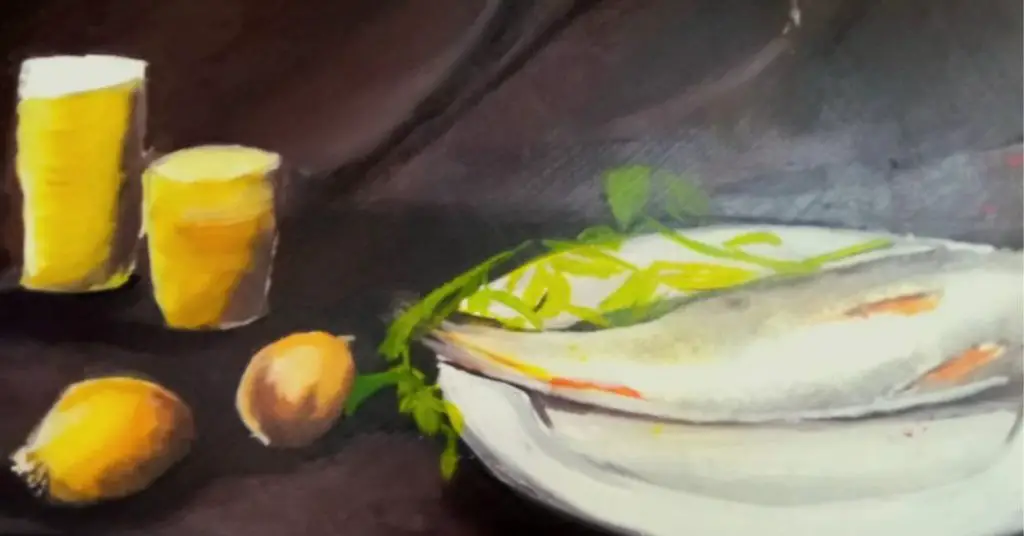
Have you ever taken a step back and admired the beauty of still life paintings?
Whether it’s a bowl of fruit, flowers in bloom or an arrangement of everyday objects, these images can captivate us with their lifelike detail.
But what is still life painting and why has this art form endured for centuries?
In this article, we’ll explore the history and techniques behind depicting one of the most beloved genres of art – still life painting.
- What is Still Life Painting
- Still Life Painting
- Definition Of Still Life Artwork
- History Of Still Life Painting
- Significant Artists In The Genre
- Different Types Of Still Lifes
- How To Identify A Still Life
- Benefits Of Studying Still Life Art
- Techniques Used By Artists To Create Inanimate Objects
- Unusual Materials Utilized In Still Life Artworks
- Visual Representation Of Emotional States Through Still Lives
- How To Interpret Symbolism In A Still Life Painting
- Creating An Impactful Composition With Inanimate Objects
- Current Trends And Developments In The Genre
- Collecting And Investing In High-Quality Inanimate Object Paintings
- The Role Of Lighting In Enhancing The Mood Of A Scene
- Digital Technology And Its Influence On Contemporary Still Life Paintings
- Final Thoughts on What is Still Life Painting
- References:
Still Life Painting
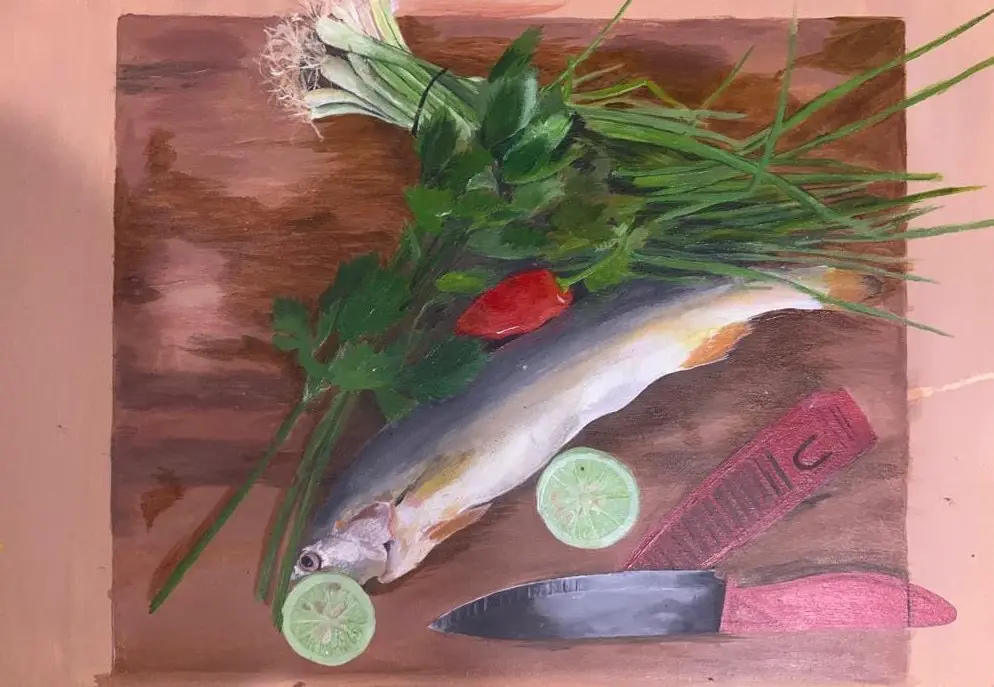
Still-life painting dates back to ancient times when artists first began experimenting with capturing images on surfaces.
The fact that these arrangements often depicted items from daily life made them instantly relatable to viewers who could recognize and appreciate elements from their own lives in the piece.
Today, still lifes remain popular as they offer insights into different cultures while also providing opportunities to study light, colour, texture and composition.
The magic behind great still lifes lies in how skilful painters manage to bring even seemingly mundane items to life through their brushstrokes.
Through careful observation and technique, they create works that are both aesthetically pleasing and meaningful at the same time – allowing us to take part in something special every time we look upon them.
Let’s delve deeper into the world of still-life painting so you too can create your own masterpiece!
Definition Of Still Life Artwork
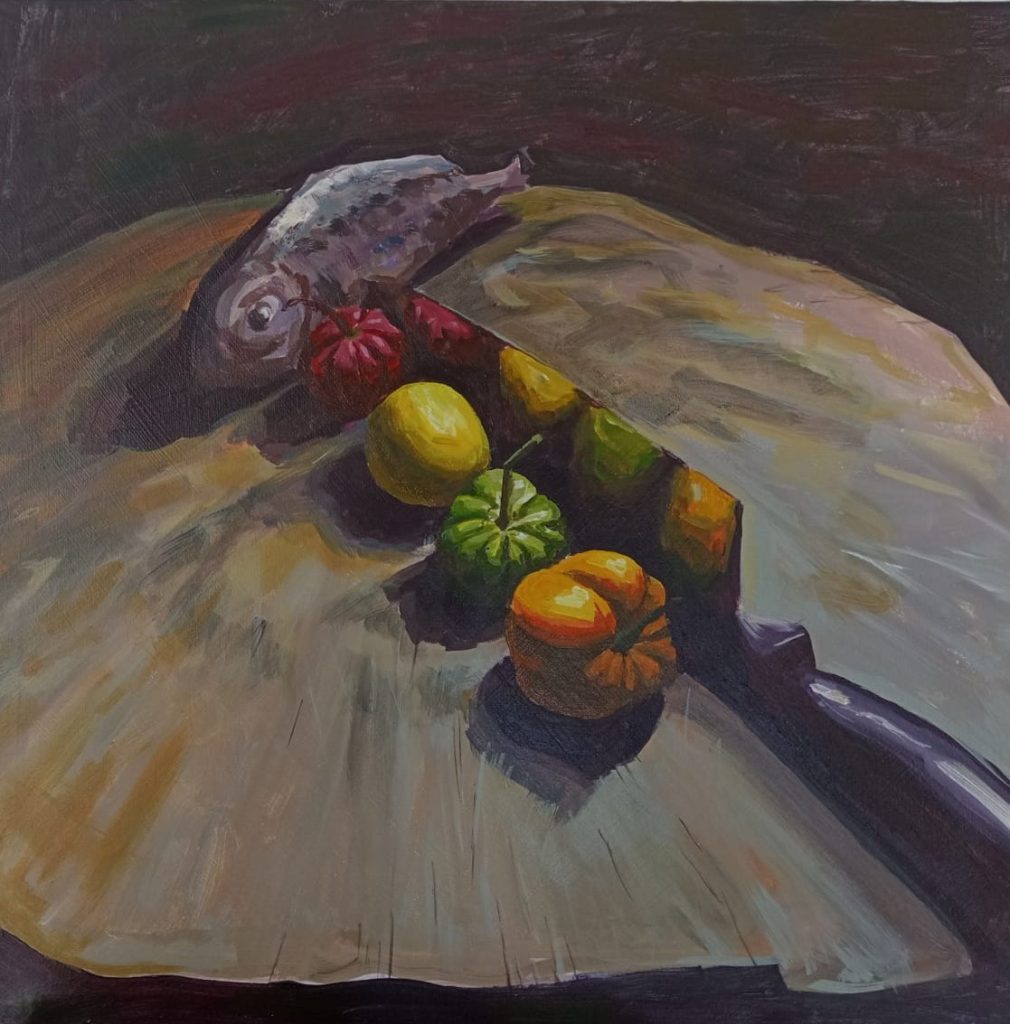
Still-life art is the practice of depicting inanimate objects through a creative lens.
It can range from simple sketches to intricate oil paintings and sculptures, each conveying an individual artist’s interpretation of their subject matter.
Still-life artwork has been around since ancient times, with its popularity waxing and waning depending on the cultural trends at any given time.
By definition, still-life art focuses solely on static objects—in other words, inanimate items that are not living or moving.
These may include fruits, vegetables, flowers, books, vases, furniture pieces, jewellery and more – anything that does not inherently possess motion or animation within itself.
The goal of these works is to capture a moment in time and give it meaning beyond what simply meets the eye.
Whether highlighting the beauty of natural elements or creating striking juxtapositions between contrasting forms and colours, still lifes have allowed artists throughout history to express themselves without having to rely on live models for inspiration.
Through this medium, they can craft unique visions that draw attention to even the smallest details of everyday items.
History Of Still Life Painting
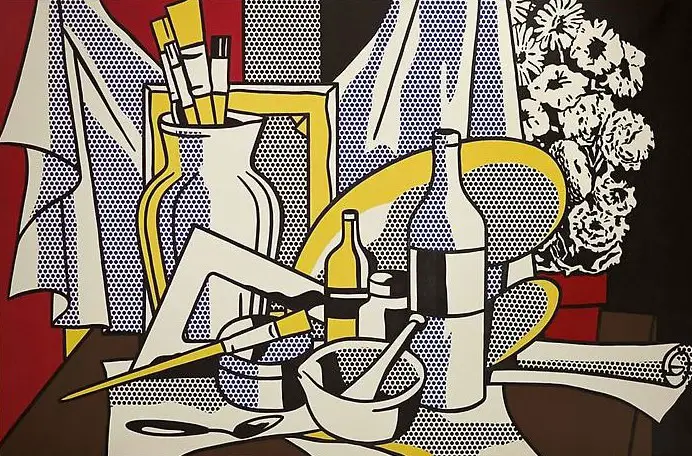
Having established what still life painting is, it’s important to consider its history. Still lifes have been around since the ancient Greeks and Romans in various forms of 2D art such as frescos, mosaics, and pottery decoration.
The 16th Century
However, a distinct form of still life didn’t emerge until the 16th century with Dutch painters like Jan van Kessel who often used fruits and flowers for his compositions.
The 19th Century
By the late 19th century, Spanish artist Pablo Picasso had become known for his cubist still lifes which defied traditional conventions of perspective by deconstructing objects into abstract shapes that he then reassembled.
The 20th Century
The 20th century saw even more experimentation with the genre as artists like Salvador Dali used surrealism to create dreamlike settings while others explored elements of modernity in their works.
The influence of Photography
It was also during this time that photography began to influence how people viewed still lifes, prompting some artists to explore different angles or incorporate new materials into their paintings.
This has helped create an interesting dialogue between art historians about how changes in technology can impact our perception of reality.
As we move forward in time, so too does the evolution of still life painting continue – highlighting just how influential this type of artwork has been on society throughout history.
Now let’s look at some of the significant artists within this genre.
Significant Artists In The Genre
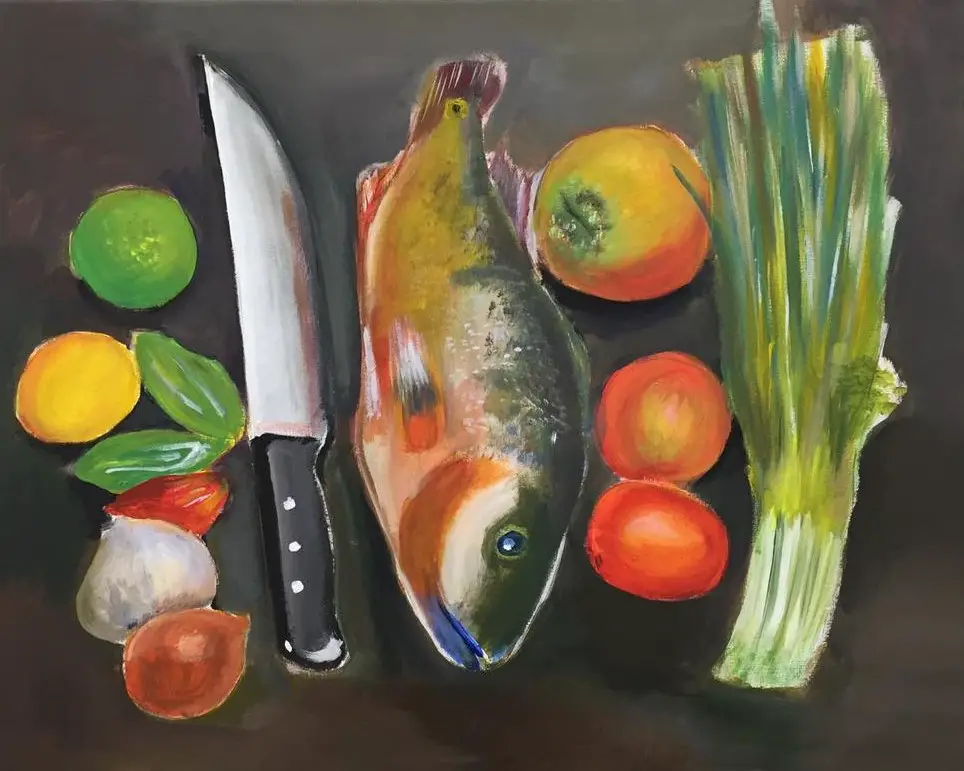
Though it may seem boring to paint inanimate objects, still-life painting has actually been a captivating genre for centuries.
Famous artists such as Pablo Picasso and Georges Braque have experimented with cubist techniques within the genre, creating abstract paintings of everyday items arranged on a table.
Giorgio Morandi further evolved this practice by distilling his subjects into basic forms and muted colours while focusing on the simplicity of form and composition.
These works often reflect the individual artist’s philosophy or approach to art-making: Picasso’s cubism reflects his interest in breaking down traditional compositions; whereas, Morandi’s minimalistic nature is reflective of his search for beauty in subtlety and restraint.
While there are various approaches to depicting still lifes, these renowned painters exemplify how the genre can be used to explore artistic ideas and create stunning visual pieces.
With that being said, let’s look at some different types of still lifes which were popularized throughout art history.
Different Types Of Still Lifes
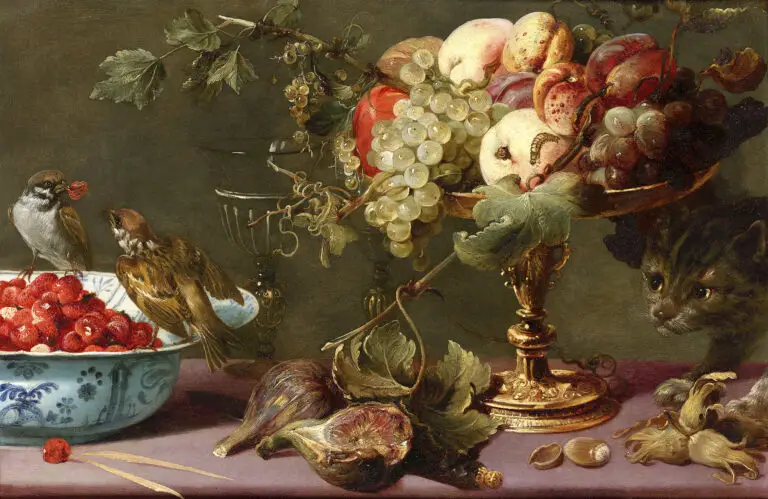
Moving on from significant artists in the genre, there are many different types of still-life paintings.
The most common type is a bowl of fruit or other food items arranged artistically on a surface.
This type of painting often includes recognizable elements such as flowers and tableware, giving it an atmosphere that exudes comfort and familiarity.
Additionally, man-made objects such as musical instruments may be featured in these works to add interest and complexity.
Another popular kind of still-life painting is one featuring flower arrangements. These can range from realistic depictions of bouquets to abstract expressionistic blooms.
Regardless of style, these pieces tend to have an uplifting effect with their bright colours and lively subject matter.
All these various types share a common purpose: to capture the beauty found within everyday objects and make them tangible for viewers to appreciate.
As a result, they create artworks that celebrate the beauty of nature while also revealing something deeper about the world around us.
With this knowledge, we can begin to understand how to identify a still life painting among other genres in art history.
How To Identify A Still Life
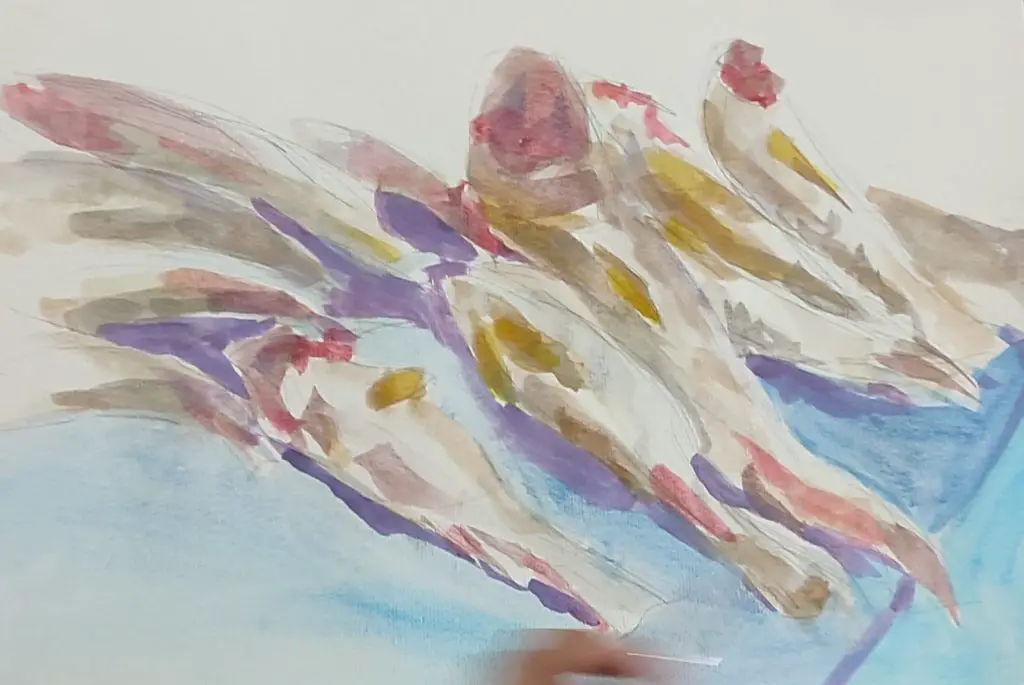
Still life painting is like a window into the past. When viewing these works of art, it’s easy to understand why this genre has been popular for centuries.
The compositions depict inanimate objects such as fruits, flowers and everyday items arranged on a table or surface.
While there are various types of still lifes, all have certain elements that make them identifiable.
The first step in identifying a still life is by recognizing its visual style. Some artists prefer to use bright colours to bring attention to their artwork while others opt for more muted palettes.
Additionally, some pieces may feature an abundance of detail whereas other works will be simpler with fewer elements present within the composition.
It’s also important to note the arrangement of objects within the painting—are they evenly spaced out or strategically placed?
Paying close attention to these details can help identify any given piece as a still-life painting.
Benefits Of Studying Still Life Art
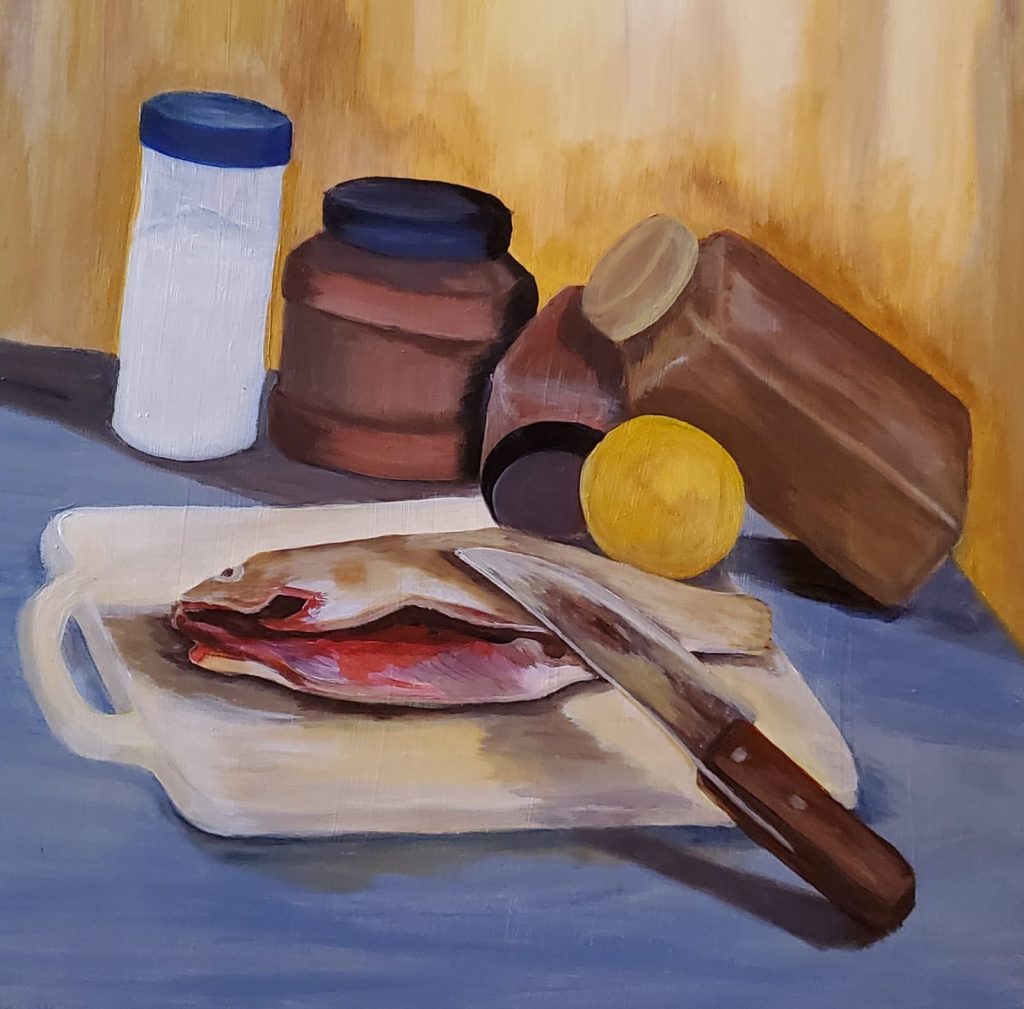
Now that we understand what still life painting is and have some knowledge on how to identify it, let’s discuss the benefits of studying this unique art form.
Still-life paintings give us a glimpse into the lives of cultures from centuries ago by depicting objects they held dear.
Through careful study of these inanimate objects depicted in still life paintings, one can gain insight into the everyday lives of individuals within different societies and eras throughout history.
In addition to providing an amazing window into past times, still-life paintings also offer viewers a chance to appreciate the skilful techniques used by artists to create beautiful works of art with no living subject matter.
From intricate brush strokes to creating lighting effects, still lifes allow us to marvel at the talent and imagination behind each painting genre.
Moreover, such paintings often provide us with a deeper understanding of composition and colour theory which can be applied when creating our own visual artwork.
By learning about all aspects related to still life painting, we become more proficient as artists ourselves.
Given these advantages associated with studying still life paintings, it is clear why it remains an important part of many modern-day workshops and classes today.
With its rich cultural heritage and technical intricacies, this particular painting genre continues to captivate generations around the world even centuries after its beginnings.
As we explore further techniques used by artists to create stunning depictions of inanimate objects, may we take inspiration from those who came before us while forging new paths for future generations!
Techniques Used By Artists To Create Inanimate Objects
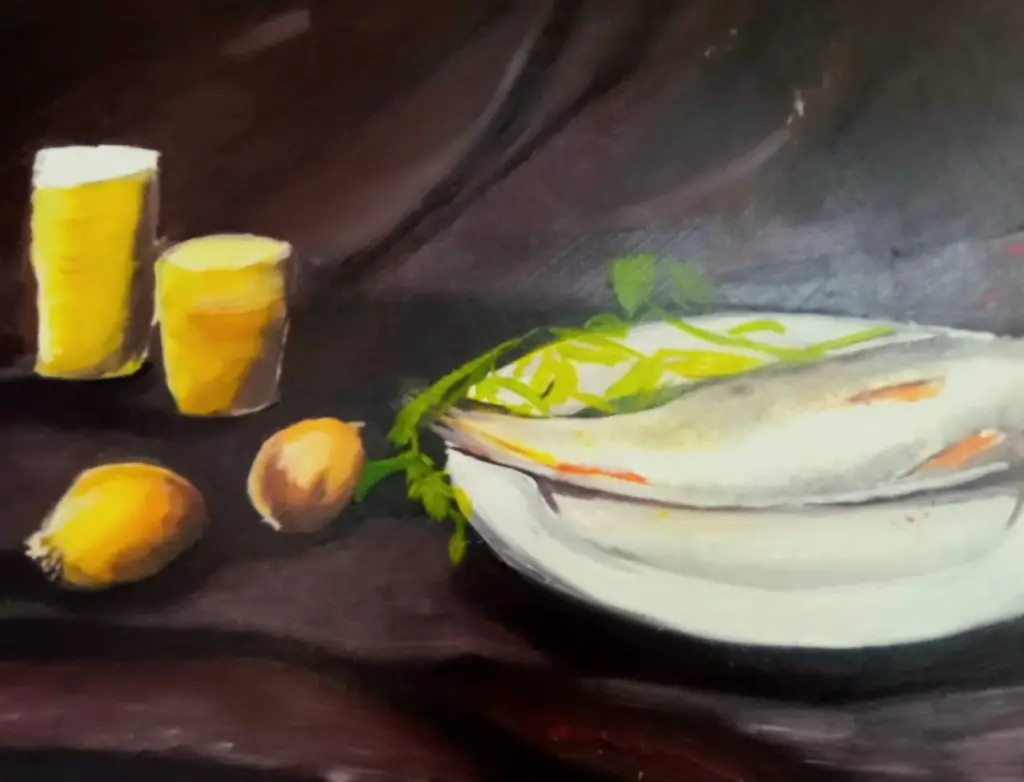
Painters have many methods to create still-life artworks.
From the simple use of pencils, paints and brushes to more elaborate techniques like engraving and mosaic-making, artists can capture a variety of textures and shapes with different media.
For example, Pablo Picasso and Georges Braque used collage in their Cubist works which featured musical instruments or everyday objects from the early 20th century.
In terms of painting styles, oil paint is commonly used for depicting detailed compositions while watercolours are often chosen for softer tones that render subtle hues on canvas.
Acrylics offer bright colours ideal for contemporary pieces while dry pastels provide vivid shades that last longer than other types of paintings.
No matter what type of medium is used, each technique has its own unique characteristics that lend themselves well to capturing an array of inanimate objects in various forms and settings.
Thus, it becomes clear why still life painting has been such a popular subject throughout history: as long as there is something to depict artistically, there will be someone eager to do so.
Unusual Materials Utilized In Still Life Artworks
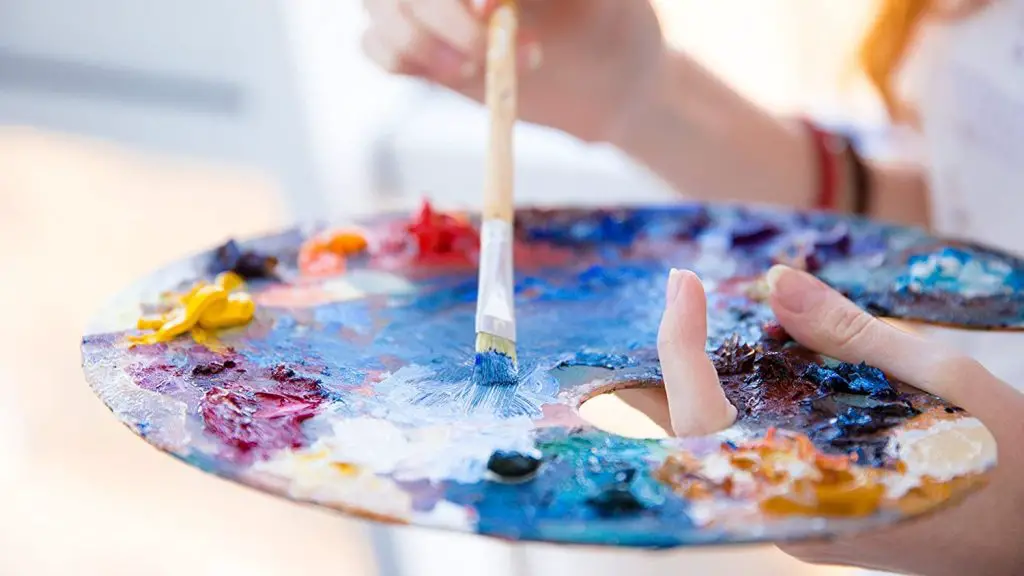
Though the objects often depicted in still-life artworks may appear to be everyday items, the materials used by artists can sometimes involve unexpected elements.
Types of still lifes frequently utilize a variety of unusual materials, such as metalwork, plastics and even fabrics.
Depending on their desired aesthetic effect, some contemporary practitioners are known for incorporating hyperrealism into their works; this involves utilizing materials that mimic the textures or colours of real-world objects with remarkable accuracy.
In addition to typical paints and canvas, these pieces may feature technology like 3D printing or intricate sculpting work.
Sometimes an artist’s choice of material is based on its symbolic meaning—for example, if they want to convey ideas about mortality, glass has been chosen due to its fragility and transience.
By using unconventional mediums, many modern still life painters seek to create captivating visual effects that draw viewers in and invite them to ponder deeper meanings behind the artwork.
Visual Representation Of Emotional States Through Still Lives
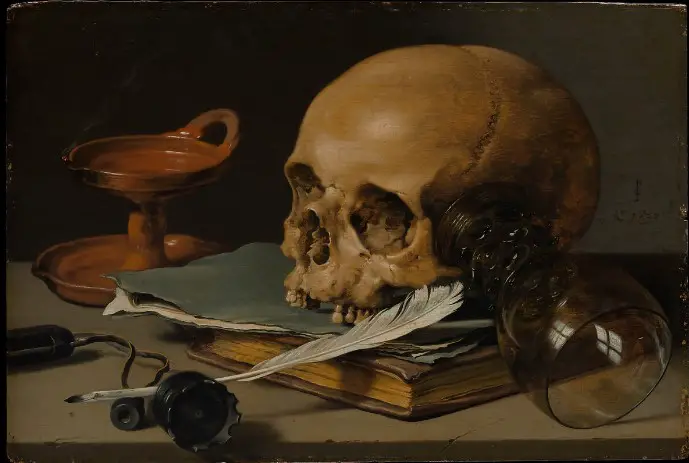
Still-life painting is a genre of art that has been used throughout history to portray emotions and feelings.
This type of artwork can be seen in both fine arts as well as pop art, with the imagery created from everyday objects or items found within nature.
The artists’ creative interpretation of these objects allows them to express their own unique emotional state through their still lives.
The objects chosen for each piece are often symbolic representations of the artist’s inner world. For example, if an artist chooses to depict a chair that looks like it was just recently vacated, this could represent loneliness or abandonment.
Similarly, a bright flower may symbolize hope after darkness while wilting petals signify sadness and melancholy.
By carefully analyzing the various elements present in a still-life painting, one can gain insight into the intended emotion behind its creation.
How To Interpret Symbolism In A Still Life Painting

When it comes to painted still lifes, the symbolic meanings of objects can be interpreted differently by viewers.
In particular, Roy Lichtenstein’s work often explores philosophical themes through his use of everyday items like cups and plates.
Viewers can look for symbols that may represent ideas about mortality or fragility in relation to life’s passing moments.
The artist might also be using specific colours or shapes as metaphors for societal issues such as class struggles or religious beliefs.
By considering all elements within a painting, viewers can piece together meaning from what they see on canvas.
The symbolism embedded in a still-life painting requires careful consideration and an understanding of the context surrounding the artwork.
It is important to note any recurring motifs in order to get a better sense of how the artist is conveying their message.
Additionally, don’t forget to pay attention to smaller details – even minor objects included in a composition could have significant meaning when taken into account with other pieces present.
Through this process, viewers can gain insight into the deeper layers beneath each painting and find hidden messages behind every brushstroke.
Creating An Impactful Composition With Inanimate Objects
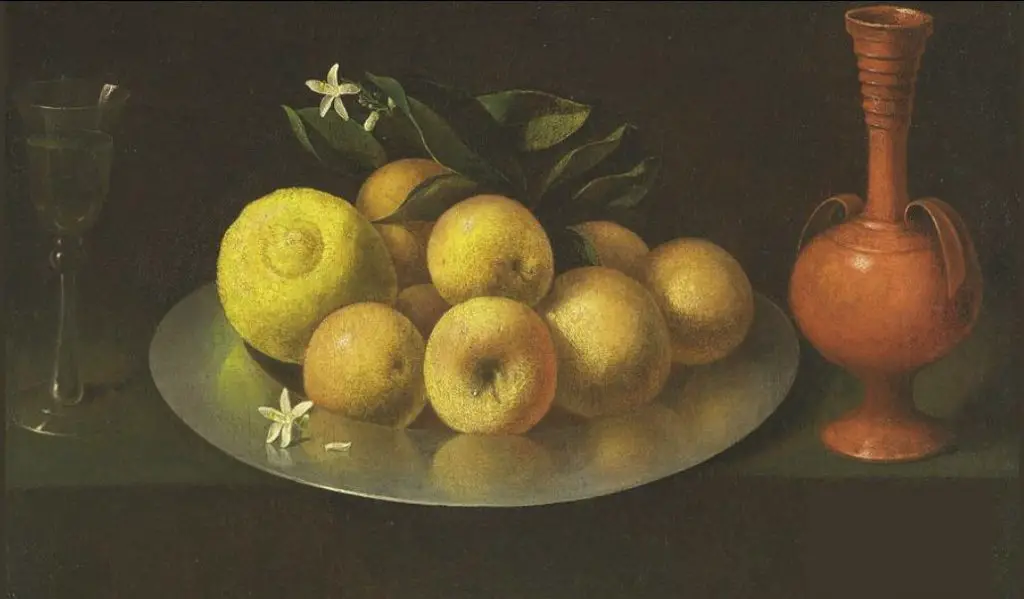
Still life painting depicts inanimate objects that can be seen as a snapshot of one moment.
Like any other genre, still lifes require skilful composition to capture attention and create an impactful piece.
To achieve this, the artist must take into consideration both the subject matter and the placement of each item within the scene.
When selecting which items to paint, every detail should be taken into account – from colours and shapes to textures and values.
Additionally, when positioning these elements on a canvas, careful thought needs to go into how they interact with their environment.
A successful arrangement will result in a stunningly composed still life that evokes emotion and leaves viewers wanting more.
By playing around with light sources and vantage points, artists have many creative opportunities for highlighting certain features or creating interesting contrasts between different objects.
Moreover, through thoughtful juxtapositioning of various props, painters can tell stories or even introduce symbolic messages within their works.
With its unique blend of practicality and imagination, still life painting is truly an engaging style that entices both aspiring amateurs and experienced professionals alike.
Current Trends And Developments In The Genre
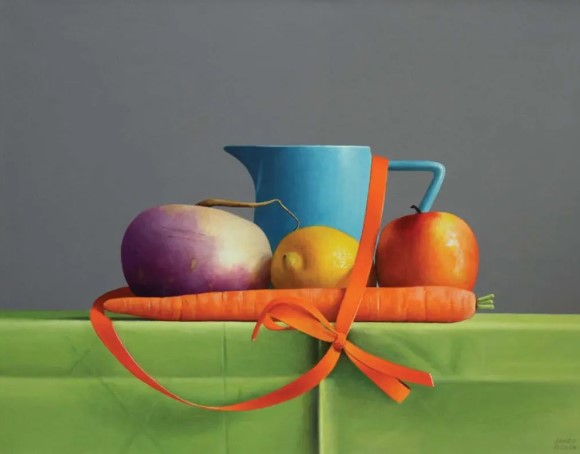
The genre of still life painting has continued to develop and evolve over the years, as artists find new ways to express themselves with inanimate objects.
Famous examples include Rembrandt’s ‘Artist in His Studio’ or Cezanne’s ‘Still Life With Apples’. These works are renowned for their dynamic compositions and use of light and colour.
Today, many modern still-life paintings take a more abstract approach, often featuring everyday objects that the artist has carefully arranged for maximum visual impact.
In addition to traditional artwork, there is an increasing trend towards finding still-life paintings online.
Many art galleries now offer digital prints of popular pieces, enabling shoppers to purchase unique works at a fraction of the price they would pay if buying originals from brick-and-mortar galleries.
This means that collectors can enjoy access to high-quality artwork without breaking the bank. Investing in these types of pieces can be a great way to build a diverse portfolio while also supporting up-and-coming artists.
Collecting and investing in high-quality inanimate object paintings can add a touch of beauty and sophistication to any home or office space.
Collecting And Investing In High-Quality Inanimate Object Paintings
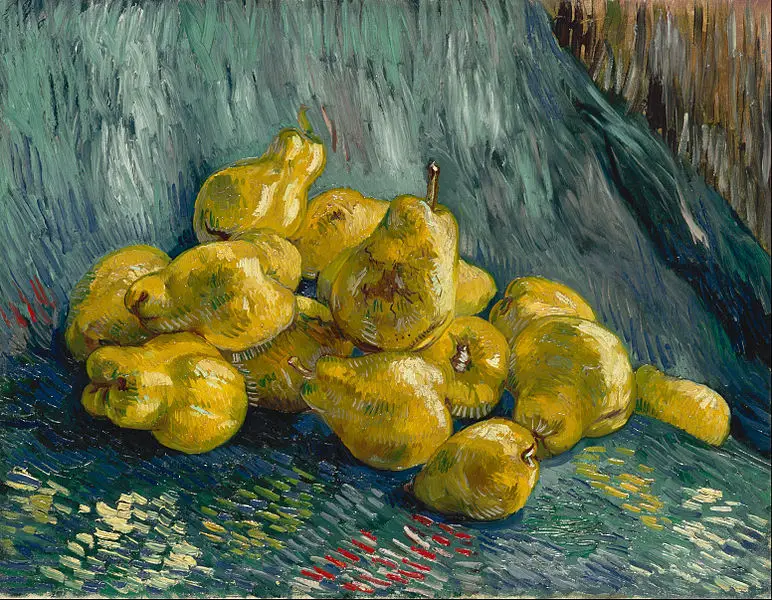
Did you know that in the 17th century, during what is known as the Dutch Golden Age of painting, over 8 million still life paintings were produced?
Still-life paintings are a genre of art focused on depicting arrangements of inanimate objects such as fruits and flowers.
Collecting or investing in high-quality still-life paintings can be an enjoyable way to add beauty and value to any home.
These types of paintings can also provide a great deal of insight into the culture at the time they were made.
Paintings from the Dutch Golden Age often featured exotic items like coconuts, lemons, pineapples, and other tropical fruits which came to Europe via trade routes with distant countries.
By studying these elements within a painting we can learn about both the artist’s interests and the society’s values at the time it was created.
Lighting plays an important role in enhancing moods within a scene; this will be discussed further in subsequent sections.
The Role Of Lighting In Enhancing The Mood Of A Scene
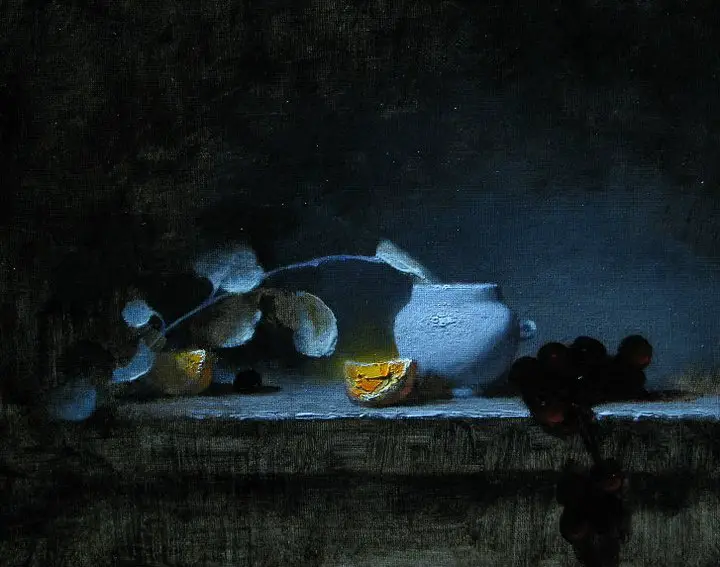
The use of lighting can be a powerful tool for still-life artists to further convey the emotions or moods in their works. Light can help build atmosphere and contrast within any painting depending on the subject.
For example, some Campbell Soup Cans paintings may require more subdued tones compared to cut flowers in a vase. The latter requires brighter hues that create an uplifting feeling when viewed from afar.
Additionally, shadows and highlights must also be considered when creating a still-life painting as this will add dimensionality to the scene and make it appear more realistic.
Lighting plays a huge role in setting the tone of the artwork; it is important to put thought into where light should come from, what kind of lighting should be used, and how much light there should be.
This allows artists to manipulate viewers’ perceptions by adding elements such as glares, reflections and silhouettes which add texture and depth to their work.
Thus, understanding how lighting affects our perception gives us insight into why certain pieces look so captivating while others seem dull or even unappealing.
With strategic planning and careful consideration of its effects on still-life artworks, one can achieve stunning results without compromising authenticity or realism.
Digital Technology And Its Influence On Contemporary Still Life Paintings
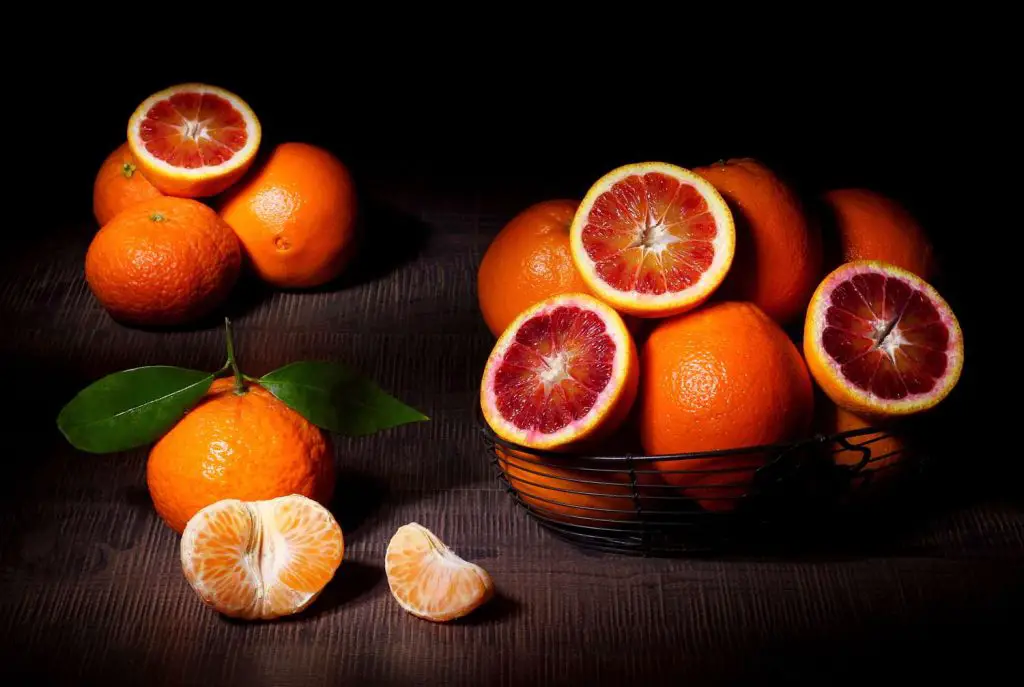
The dawn of digital technology has brought about a resurgence in the art of still-life paintings.
Like an unopened flower, this medium has blossomed into something entirely new, bringing with it exciting possibilities for contemporary artists.
From interactive artworks to motion-sensing installations, digital tools have revolutionized the way we create and experience still lifes.
Digital technology has dramatically changed how contemporary painters approach their craft.
Instead of relying solely on physical materials like oil paints or charcoal, today’s still-life painter can use virtual brushes to build compositions from scratch or digitally manipulate existing photos and illustrations.
Digital painting also allows artists to experiment with colour palettes that were previously impossible to achieve using traditional methods.
In addition, many modern works are animated or incorporate 3D elements which add an extra layer of depth and complexity to the artwork.
Even when creating non-digital pieces, some painters now rely heavily on software programs such as Adobe Photoshop for post-processing adjustments and corrections before finalizing their work.
All these advancements illustrate just how much digital technology has impacted the creation of contemporary still-life paintings.
Final Thoughts on What is Still Life Painting
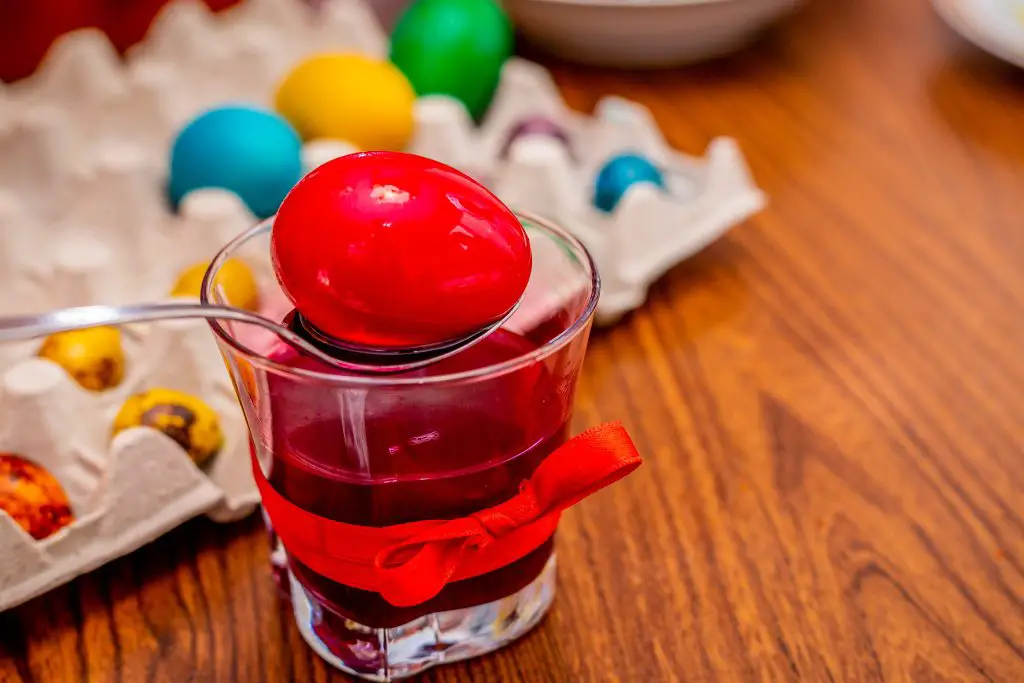
In conclusion, still-life paintings have been around for a long time and continue to be popular today.
With the rise of digital technology, modern artists are able to take advantage of new techniques in order to create stunning works that capture an object’s beauty in a unique way.
It is estimated that nearly 70% of art galleries feature at least one still-life painting in their collections due to its timeless appeal.
The appreciation and enjoyment of these pieces depend on our ability to recognize them as more than just everyday objects; they can serve as great reminders of special moments or evoke powerful emotions with subtle symbolism.
Whether you’re looking for something traditional or contemporary, there is sure to be a beautiful work of art out there that speaks to you on some level.
Still-life artwork captures the essence of what it means to live in the moment and appreciate all aspects of life – big and small – making it a genre worth exploring further.
If you’re interested in learning more about this area, I urge you to do so; it might open up a whole new world for you!
References:
- “How Did Still Life Painting Become an Art Form?” LiveAbout, 19 Aug. 2018, www.liveabout.com/definition-of-still-life-painting-2577744.
- McNee, Lori. “Bringing the Still Life to Life: A Painting Demo by Master, Jeff Legg – Lori McNee – Fine Art and Tips.” Lori McNee – Fine Art & Tips, 19 Jan. 2011, lorimcnee.com/bringing-the-still-life-to-life-a-painting-demo-by-master-jeff-legg.
- “Dutch Golden Age Painting – Wikipedia.” Dutch Golden Age Painting – Wikipedia, 20 Feb. 2016, en.wikipedia.org/wiki/Dutch_Golden_Age_painting.
- Scott, Dan. “What Chiaroscuro Means and Master Painting Examples.” Draw Paint Academy, 29 Mar. 2019, drawpaintacademy.com/chiaroscuro.
- “Digital Still Life – the Art of Education University.” The Art of Education University, theartofeducation.edu/flex/collections/digital-still-life.
- Network, Artists. “This Contemporary Still Life Painter Reaches Stylish Depths.” Artists Network, 4 Nov. 2020, www.artistsnetwork.com/art-subjects/still-life/how-janet-rickus-takes-still-life-to-stylish-depths.
- “Still Life Objects: A Look at Natural Objects That Create Subject Matter in Still Life Art &Mdash; Art Is Fun.” Still Life Objects: A Look at Natural Objects That Create Subject Matter in Still Life Art &Mdash; Art Is Fun, www.art-is-fun.com/still-life-objects.
- “Artists and Illustrators.” Artists & Illustrators, 4 Mar. 2022, www.artistsandillustrators.co.uk/how-to/still-life/6-still-life-composition-tips-to-improve-your-paintings.
- “10 Common Symbols in Still-Life Paintings and What They Mean.” TheCollector, 21 Mar. 2021, www.thecollector.com/still-life-paintings-what-they-mean.
- “61 Collage Still Life Ideas in 2023 | Art Lessons, Still Life Art, Art Projects.” Pinterest, www.pinterest.com/victorialoschuk/collage-still-life.
- “Still Life Techniques – Painting the Background and Foreground.” Still Life Techniques – Painting the Background and Foreground, www.artyfactory.com/still-life/still-life-painting-the-background.html.



Leave a Reply